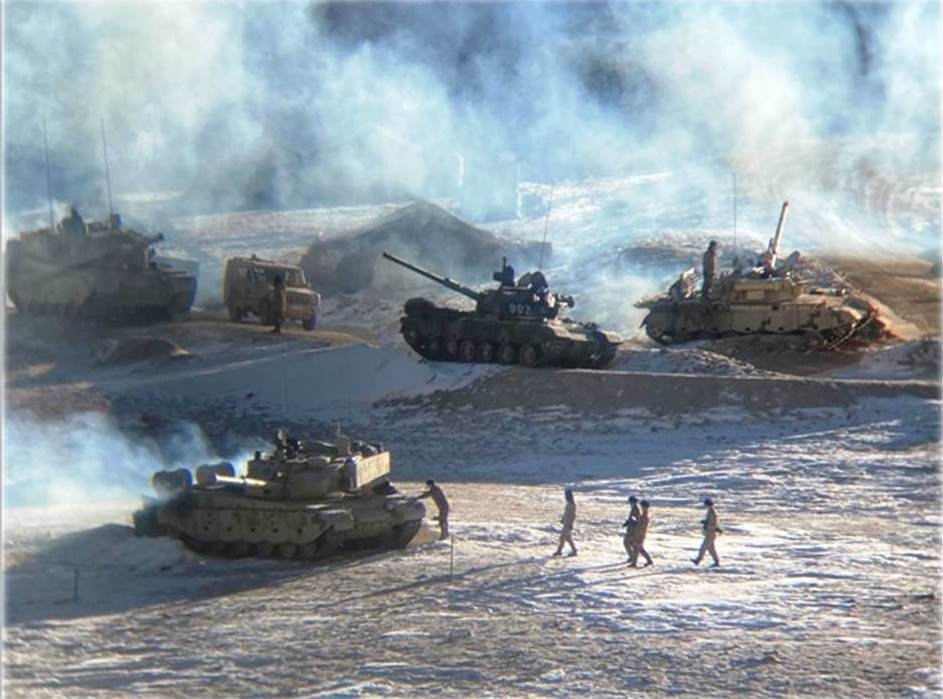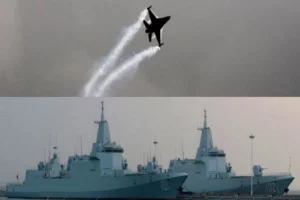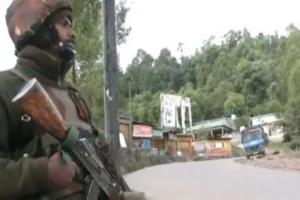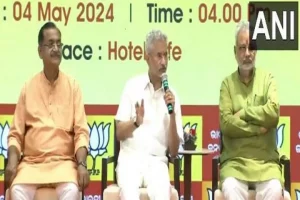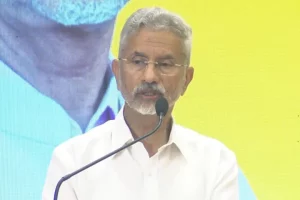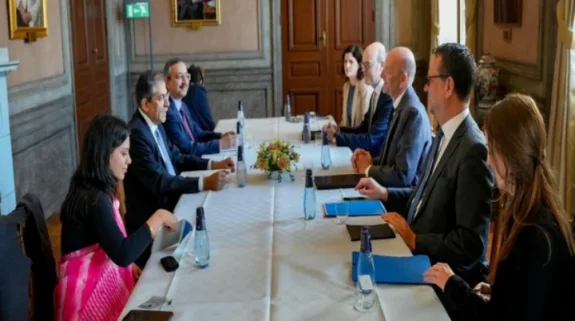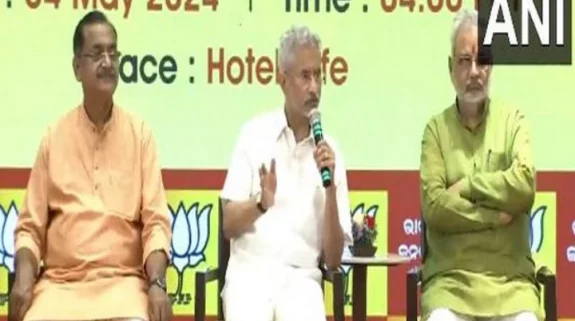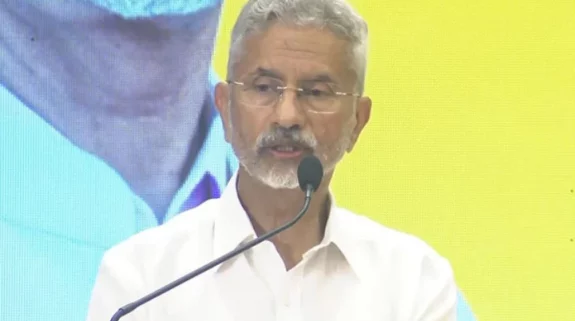Nuclear escalation between India and China is not only unlikely but also unthinkable, according to a report of the Stockholm International Peace Research Institute (SIPRI) on ‘South Asia’s Nuclear Challenges.’
The report is based on interviews with 119 experts from India, China, the US, Russia and Pakistan conducted between May and August 2020. Many of those interviewed were serving military officials.
“Among Chinese and Indian experts, there was a prevailing view that they shared the same stance on no first use, and that nuclear escalation between the two countries was not only unlikely but also unthinkable,” the Swedish think tank said in its report.
Need for greater India-China dialogue
However, the SIPRI report states that India only has a superficial understanding of China's motives. “On China, experts argued that India only superficially understands its opponent. Several nuclear and political experts lamented the lack of a routine China-India nuclear dialogue as detrimental to enhanced mutual understanding,” the report states.
In most cases, there was a steadfast view that both countries were on the same page when it came to nuclear posture, with no first use as just one example.
"While stabilising in the context of recent tensions at the China-India border, the assumption that both parties are operating from the same starting point merits greater attention – in relation not just to no first use but also a range of nuclear postures from de-mating to targeting," the report stated.
Assumptions of "postural parity" may bring stability in the short term, when altercations are largely limited to skirmishes at the border, but in the longer term — as both China and India extend the ranges of their systems and deployments — such assumptions may lead to misunderstandings and mis-signalling, the report states.
Further, the continued dominance in Indian analyses of the concept of a "two-front" threat from China and Pakistan means that greater consideration of how deterrence operates among these three countries is needed, even if it requires more countries at the table, it said.
US versus China factor
Among Chinese and US experts, there was a strong tendency for each to see the other country as playing a larger and more destabilizing role in South Asia.
While citing past US weapon sales to the region and the 2005 India-US nuclear deal for their role in strengthening India and freeing up its nuclear material for military aims, Chinese experts also focused on forward-looking initiatives such as the US Indo-Pacific Strategy and the Quadrilateral Security Dialogue, which have a focus on China as well as India.
Among US experts, China’s outreach to Pakistan in terms of conventional and nuclear assistance, military training and more recently the China Pakistan Economic Corridor under the Belt and Road Initiative (BRI) demonstrate China’s far-reaching aspirations in the region, the report said.
Tensions generated by China’s arms sales to South Asia and economic engagement under the BRI, combined with the most recent incidents along the China-India border, were seen as an opportunity for greater US collaboration with India.
“For this very reason, however, some US experts expressed concern that the region could break into two camps, with the USA and India on one side and China and Pakistan on the other,” the report stated.
The report points out that some Indian experts expressed scepticism about the US approach to South Asian dynamics, which is built on US scenario-building and tabletop exercises.
A number of experts stated that they did not recognize South Asia within these US assessments, suggesting that there was an inherent artificiality in the US approach. There was a tendency to view US assessments as projections that did not reflect India’s reality, as with US discussions of India’s potential shift towards counterforce doctrine.






